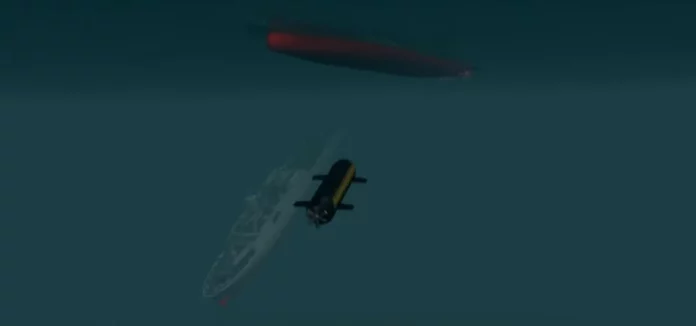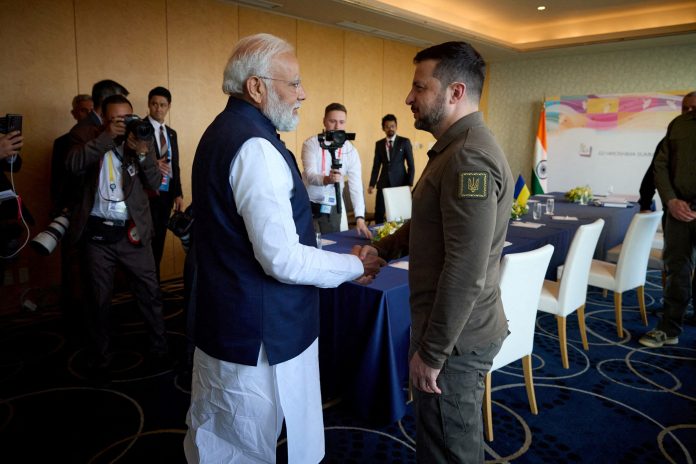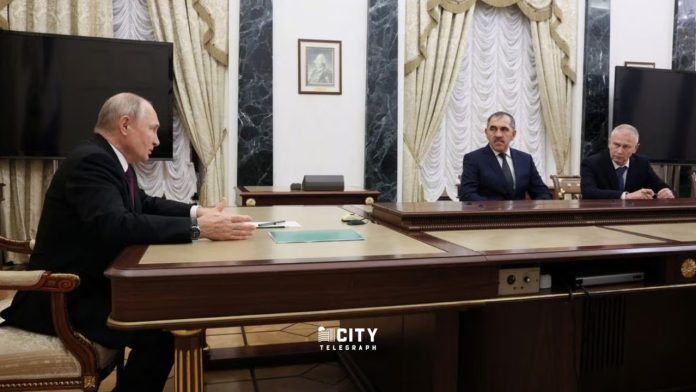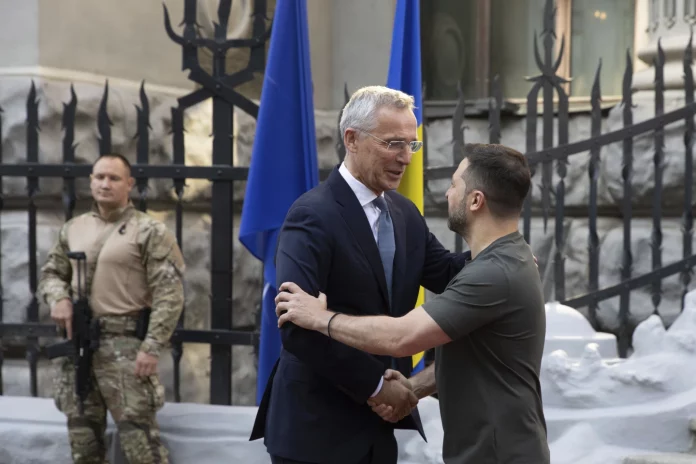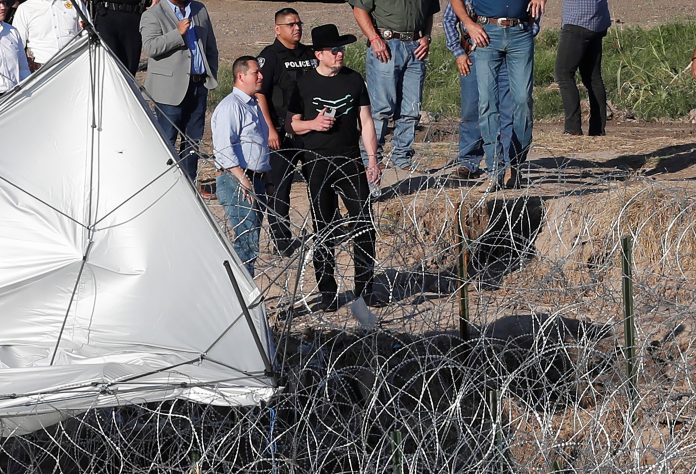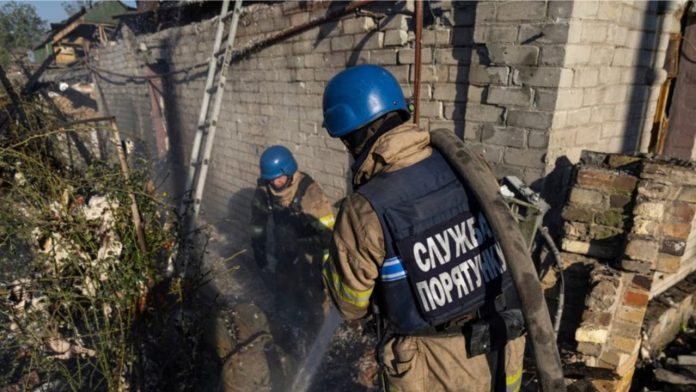In the realm of naval supremacy, the Black Sea has long been a strategic focal point for regional powers, with Russia and Ukraine maintaining a delicate balance of power. However, the status quo in the Black Sea has recently undergone a dramatic transformation that has sent shockwaves through the Russian Black Sea Fleet. Ukraine, once considered a minimal underwater threat, has introduced a game-changing asset that could redefine the balance of power in this geopolitically charged region.
The Dormant Threat
Historically, Ukrainian submarines posed minimal challenges to the Russian Black Sea Fleet. For nearly a decade, starting in 2014, the Ukrainian navy’s only submarine, the aging Zaporizhzhia, remained decommissioned. Consequently, the Russian Black Sea Fleet primarily focused on anti-air and anti-surface warfare, largely disregarding anti-submarine preparedness.
A Watershed Moment
This equilibrium was disrupted in late August when Ammo Ukraine unveiled “Marichka,” a groundbreaking prototype unmanned undersea vehicle (UUV). Measuring 18 feet in length, this torpedo-like drone represents a remarkable technological leap. Powered by an internal inertial system, it boasts the capability to transport substantial payloads of explosives across distances of up to 600 miles, all while striking Russian warships where they are most vulnerable.
Scott Savitz, a senior engineer at the RAND Corporation in California, underscores the UUV’s inherent advantage in stealth due to its submersible nature. Striking below the waterline, as Marichka can do, can be exceptionally devastating. This newfound threat poses a formidable challenge to the complacency that had settled in the Black Sea Fleet’s anti-submarine defense.
The Looming Challenge
The stark reality is that the Black Sea Fleet is ill-prepared to detect and intercept these agile UUVs. The initial sign of a drone submarine attack on the Black Sea Fleet’s Crimean anchorage in Sevastopol could be a series of underwater explosions—a grim testament to the effectiveness of Marichka.
While the fleet still possesses three sonar-equipped Admiral Grigorovich-class frigates, equipped with Kamov Ka-27 helicopters, as well as an entire anti-submarine division featuring modern Project 22160 corvettes, their deployment has been limited. These vessels, weighing in at 4,000 tons, have been restricted to short-range sorties, launching Kalibr cruise missiles at Ukrainian cities due to the heightened threat from Ukraine’s drone boats and ground- and air-launched ballistic and cruise missiles.
The Sonar Dilemma
One critical issue is the absence of sonar systems on the Project 22160 corvettes within the Black Sea Fleet’s anti-submarine division. This deficiency becomes evident when we consider a sub-hunting drill conducted in April, where outdated Grisha III-class corvettes were tasked with anti-submarine warfare duties, while the Project 22160 Vasily Bykov merely “screened” the sonar-equipped Grishas, according to Russian state media.
The Unpredictable Future
In essence, the Black Sea Fleet finds itself unprepared for the storm that may be brewing on the horizon. With the Ukrainian navy already launching relentless drone boat and missile attacks, the addition of harder-hitting and more elusive drone submarines could further tip the scales in Ukraine’s favor.
As this formidable undersea arsenal continues to evolve, the strategic dynamics in the Black Sea region are poised for a seismic shift. The once-unchallenged dominance of the Russian Black Sea Fleet now faces a formidable adversary in the form of Ukraine’s stealthy UUVs.


